
The retail industry is having a tough time these days because of economic changes and trading laws shifting. A lot of big names are struggling with higher production prices, changes in customers buying habits, and the new tariff laws. This has caused one major furniture retailer to file for bankruptcy.
At Home Files for Bankruptcy

At Home, the popular store for furniture and home decorations, has filed for bankruptcy. With 260 stores in 40 states, At Home has been a go-to place for shoppers looking for nice but affordable items. Sadly, because of increasing money problems, the company had to make this tough decision.
The Tariff Troubles
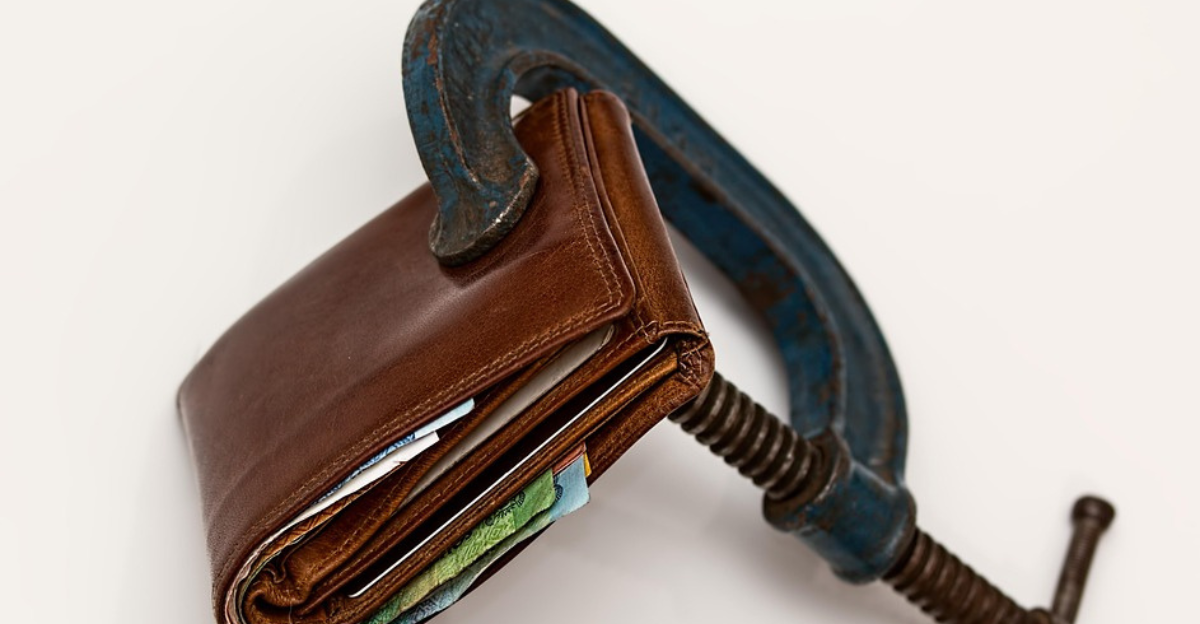
At Home’s financial difficulties mainly stem from tariffs. Most of At Home’s products and manufacturing materials are imported abroad. The new tariffs have substantially raised costs for retailers, which makes it challenging to offer competitive prices and maintain good profits.
The China Connection

Because At Home imports most of their products from China, the company was greatly affected by the new trade policies. These tariffs on Chinese goods were as high as 145 percent last month, before dropping to 30 percent. These high costs severely strained the company’s finances that they’re struggling to recover from.
Rising Of Operating Costs

Increased operating expenses including rent, utility costs, wages, and transportation have strained the finances of At Home even further. Increased expenses meant that the company couldn’t invest properly in improving their operations or lessen the effects of tariffs. This implied that the company had to reduce its profit margins and risked bankruptcy.
Mounting Debt

Debt was another big problem for At Home. A lot of this debt came from when the private equity firm Hellman & Friedman bought the company in 2021. As sales dropped and costs went up, At Home struggled to pay its bills and keep things running smoothly.
A Deal with Creditors

To avoid going out of business entirely, At Home made a deal with their lenders. This deal will get rid of most of their $2 billion debt and give the company $200 million in new funds. This should help At Home keep their stores open and running while it deals with bankruptcy.
Stores Remain Open
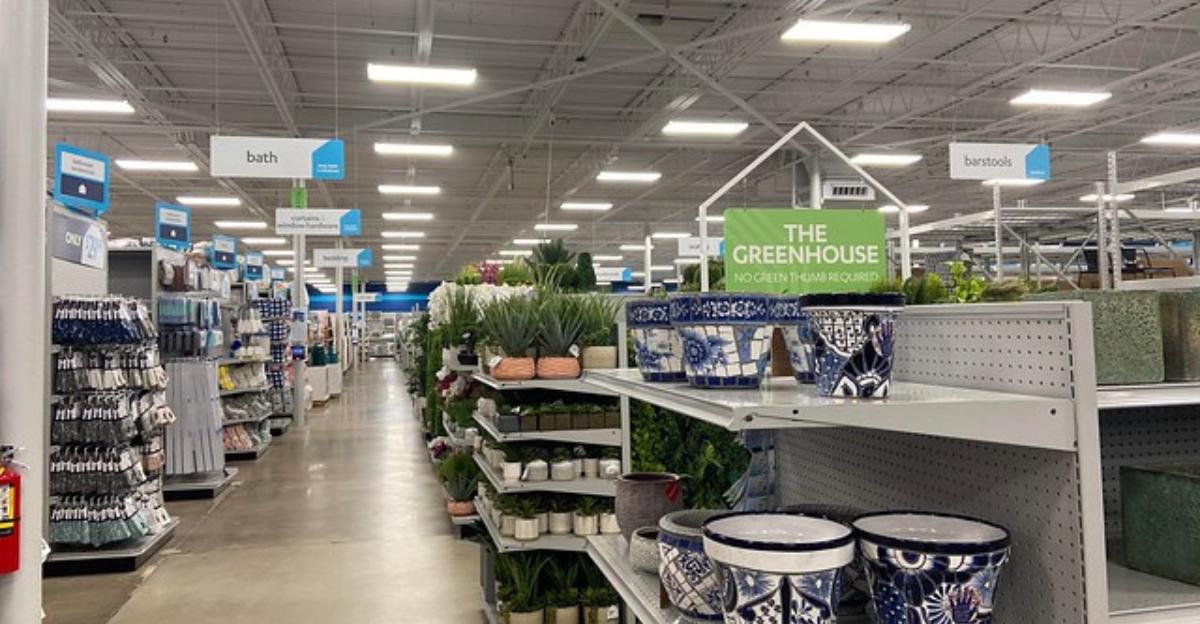
Even though they filed for bankruptcy, At Home has assured customers that most stores will stay open. The company plans to keep filling orders and giving the same good service as it restructures and changes their business.
Some Locations Will Close

Sadly, a lot of At Home stores will close down through the restructuring process. Around 20 stores are likely to close soon, and more could follow as the company reviews their store locations and tries to get their finances back on track during this difficult period.
Leadership’s View

At Home’s CEO Brad Weston thinks that filing for bankruptcy is the best way for the company to move forward. The company had to make hard decisions to survive in the fast-paced retail industry. The CEO is nonetheless hopeful about the future and thinks that the company will get back on track once it emerges out of bankruptcy.
More Than Just Tariffs
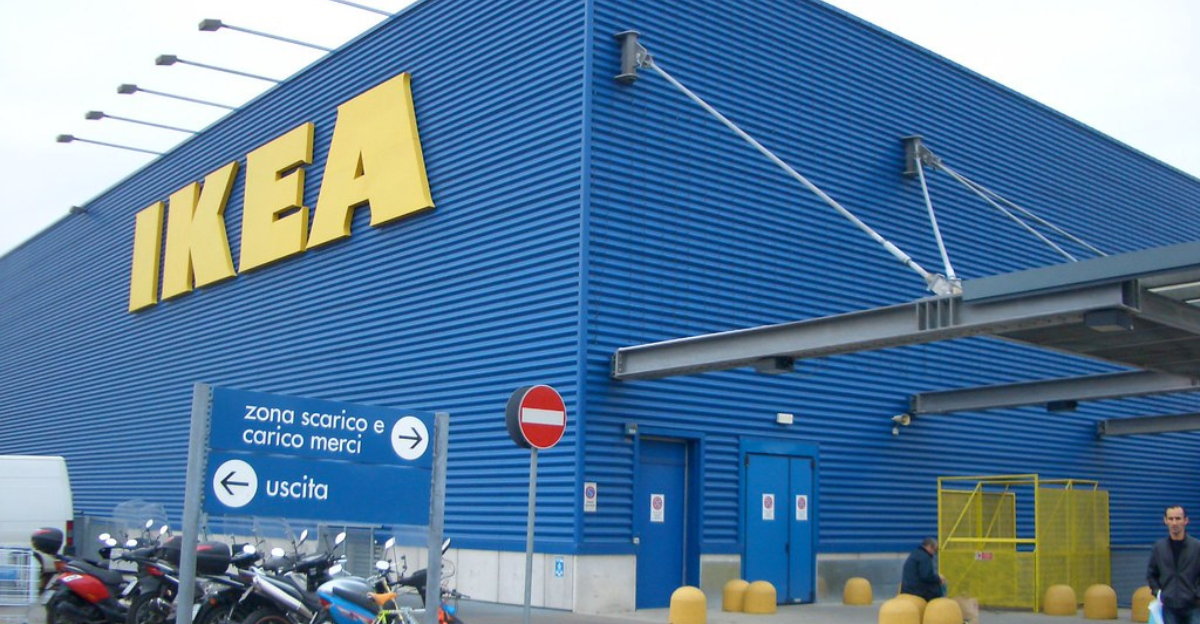
While tariffs caused a lot of financial problems for At Home, there are other issues too. Tough competition from big companies like IKEA and Wayfair made it hard for At Home to stand out in the market. They don’t have enough unique products to attract customers to shop there instead.
Industry Wide Struggles

At Home’s bankruptcy is just one example of the struggles in the home goods industry. Other stores like The Container Store and Bed Bath & Beyond have also recently filed for bankruptcy. Even big players like Home Depot and Lowe’s are seeing sales slow down as people spend less on home improvements.
Changes In Consumer Habits

People are purchasing less home products like furniture and decorations. This is causing a lot of people to delay the purchase of big things, and this is making it difficult to sell more at stores like At Home. This change in how people spend their money is causing problems for the whole home goods business.
The Private Equity Factor

When a private equity firm, Hellman & Friedman, bought At Home in 2021, it added a lot of debt to the company. This debt, along with lower sales and higher costs from tariffs, created a very difficult situation. It became hard for At Home to manage their money and deal with economic challenges.
Plans for a Comeback

Now, after declaring bankruptcy, At Home is looking forward to starting fresh with new owners and less debt. The plan is to get rid of debt, make the business run more smoothly, and get ready for a better future. The company’s leaders believe these changes will help At Home bounce back.
What About Employees

At Home has said that they’ll keep paying their employees and providing their benefits during the bankruptcy. Company heads are trying to keep any negative impact on workers to a minimum, even while making tough choices about closing stores and changing the business.
A New Retail Landscape

The retail market is changing swiftly as tariffs, shifting consumerism, and intense rivalry have placed companies in a situation where they have had to re-position their approach in running their business. The ones that fail to do so soon enough risk bankruptcy or closure, as the example of At Home shows, all too painfully.
What Shoppers Should Know
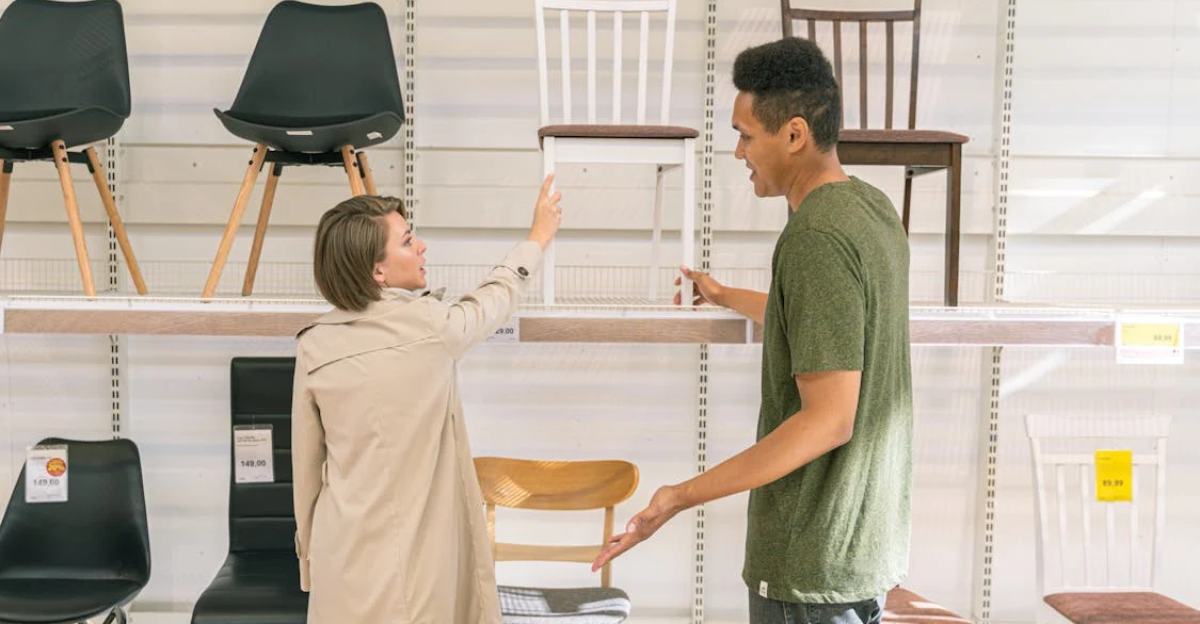
For now, most At Home stores will stay open and offer the same products. However, some shoppers may see changes in what’s available as the company fixes their supply chain and tries to stabilize their business during this uncertain time.
Lessons for the Industry
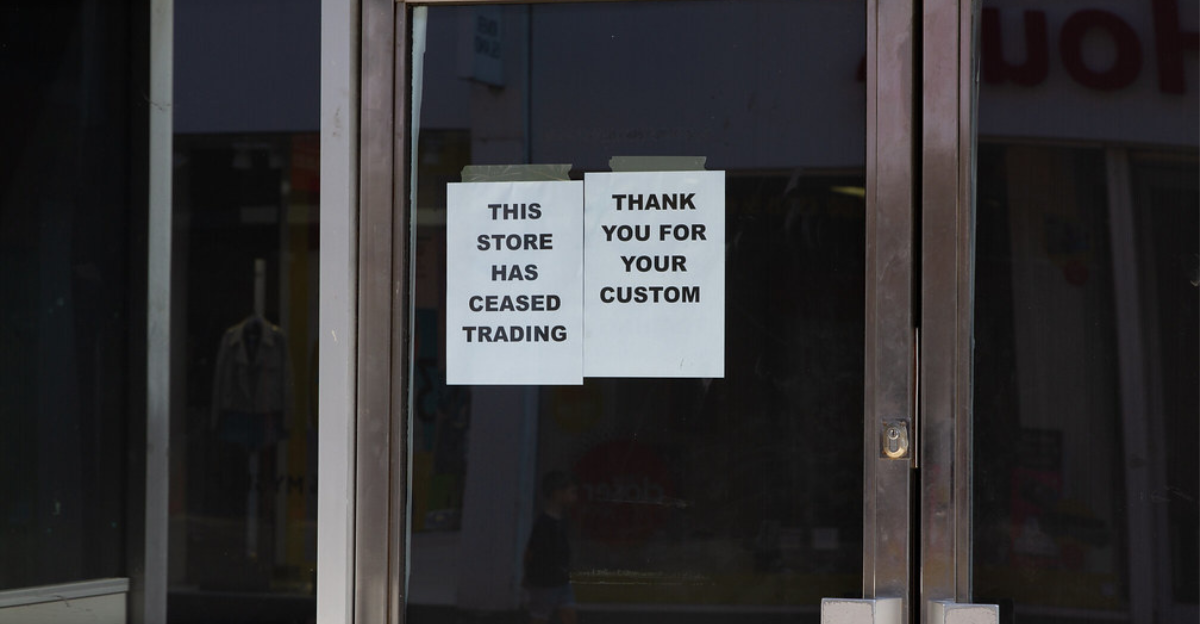
At Home’s bankruptcy is a warning to other stores. Relying too much on imports, having too much debt, and not innovating can make companies struggle when trade rules change and customers want different things. The retail world needs to learn from these mistakes to survive.
Looking to the Future
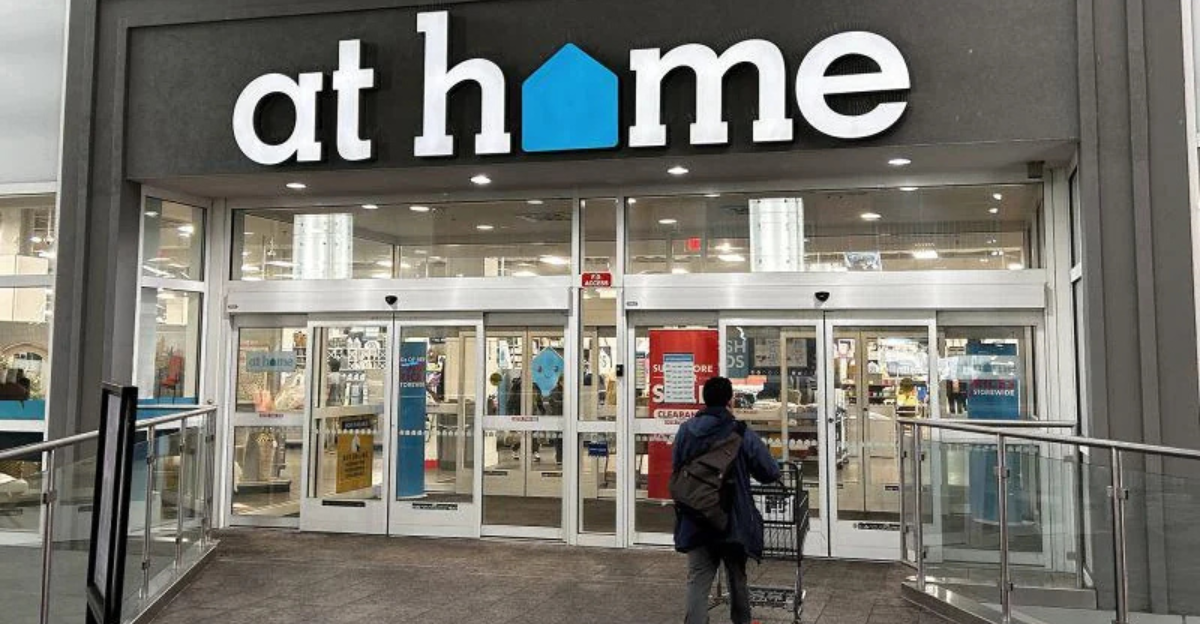
Whether At Home will succeed or not will be determined by how the company adjusts to the changing retail market. The company hopes to regain the competitive advantage and restore consumer trust with a new focus on operations. Learning through these economic problems, At Home hopes to get back on their feet and serve customers throughout the country.